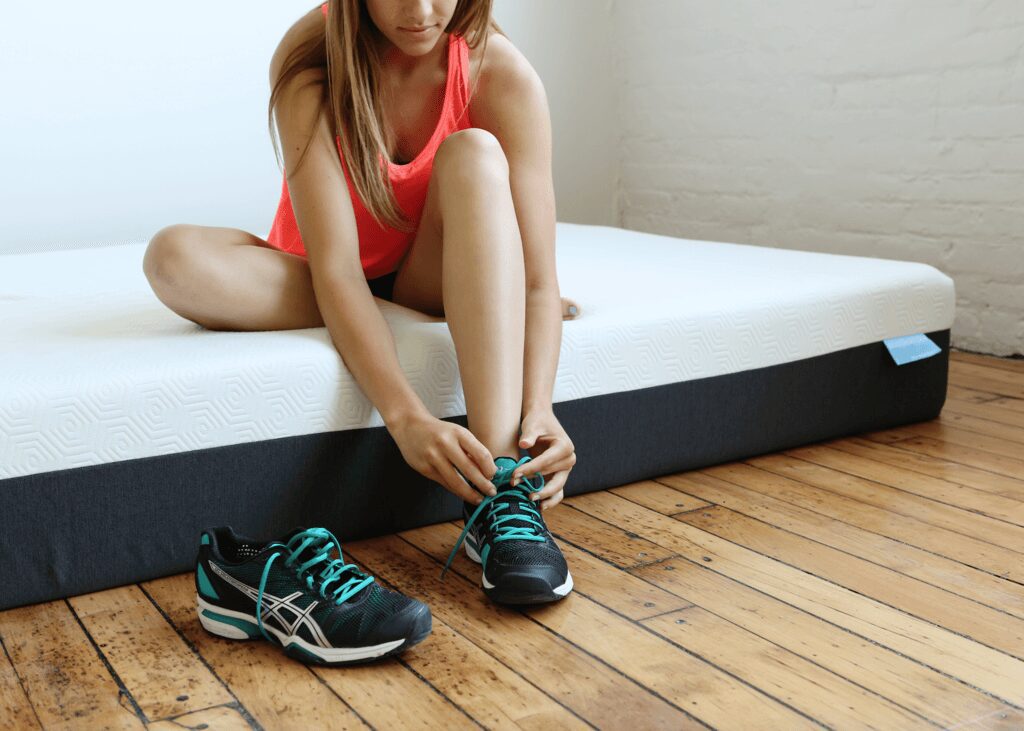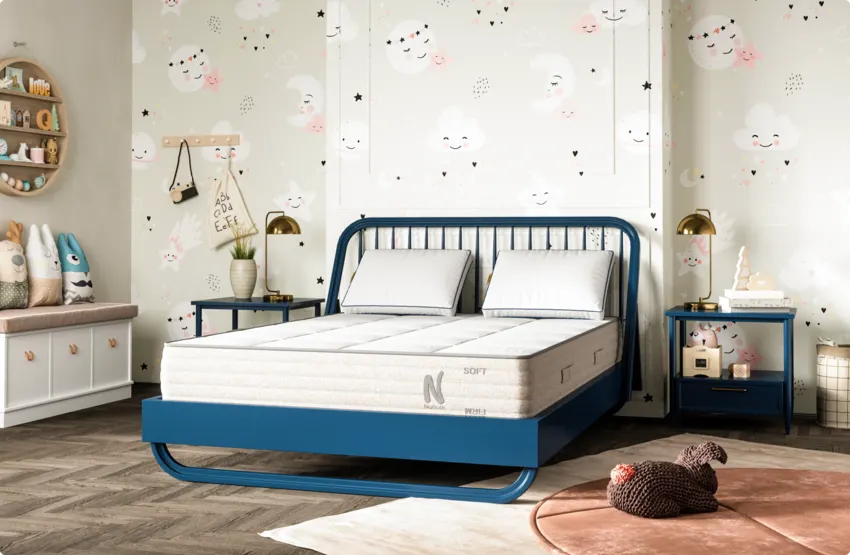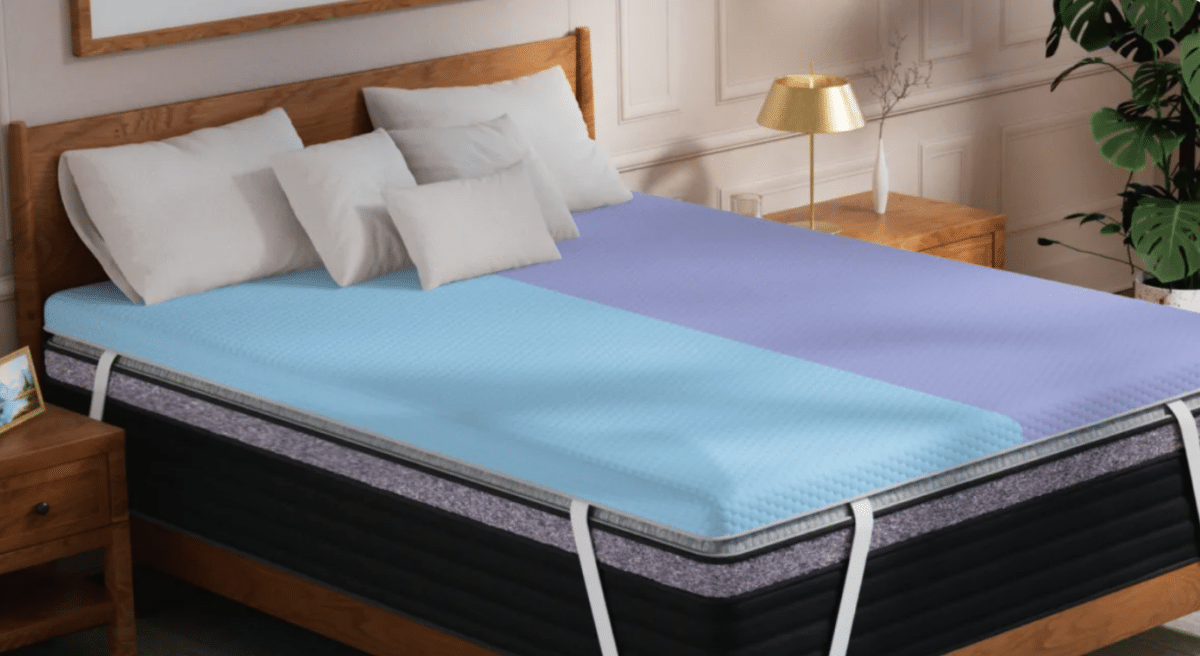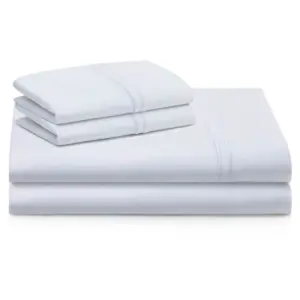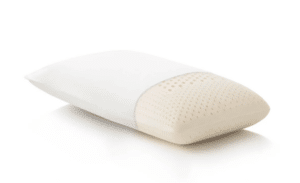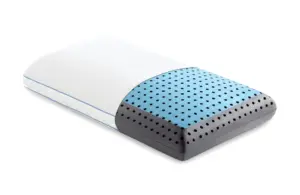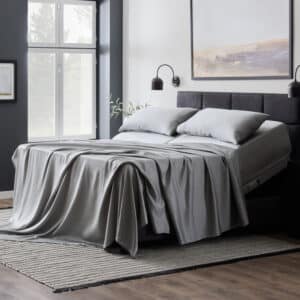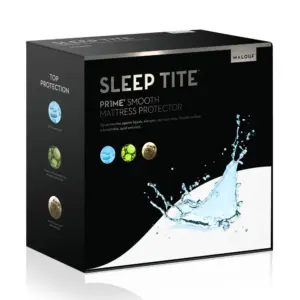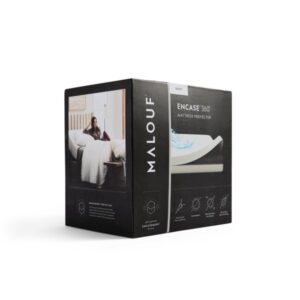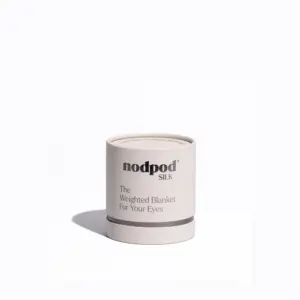Getting a good night’s sleep is essential for our overall well-being, and a comfortable mattress plays a significant role in achieving that goal. However, what many people are not aware of is that some mattresses contain toxic chemicals that can harm their health. This article aims to provide a comprehensive guide on how to identify and replace toxic mattresses to protect yourself and your loved ones.
In this article, we will explore the chemicals commonly used in mattresses and the associated health risks. We will also discuss the signs and symptoms of a toxic mattress, as well as the long-term health effects of exposure to harmful chemicals. Additionally, we will cover methods for testing your mattress for toxicity and safer alternatives to toxic mattresses. Finally, we will offer tips for maintaining a healthy sleep environment and making informed purchasing decisions.
By the end of this article, you will have a better understanding of the risks associated with toxic mattresses and how to protect yourself and your family from their harmful effects.
What Makes A Mattress Toxic?
Many mattresses contain chemicals that can be harmful to human health, including volatile organic compounds (VOCs), flame retardants, and formaldehyde. These chemicals are often used in the production of mattresses to make them more comfortable, durable, and flame-resistant. However, the health risks associated with these chemicals cannot be ignored.
VOCs are chemicals that can be emitted as gases from various products, including mattresses. They can cause a range of health effects, such as headaches, dizziness, and respiratory irritation. Some VOCs have been linked to long-term health effects, such as cancer and damage to the central nervous system.
Flame retardants are chemicals added to mattresses to reduce the risk of fire. However, many flame retardants have been found to be toxic and can accumulate in the body over time. Some have been linked to cancer, reproductive problems, and developmental issues.
Formaldehyde is a chemical used in the production of foam mattresses and can cause skin irritation, respiratory problems, and cancer. It is also a known human carcinogen.
While regulatory standards exist to limit the use of these chemicals in mattresses, there are still loopholes that manufacturers can exploit. For example, some flame retardants are not regulated, and labeling requirements may be vague or misleading. It is essential to be aware of these loopholes and to research the materials and chemicals used in your mattress before purchasing.
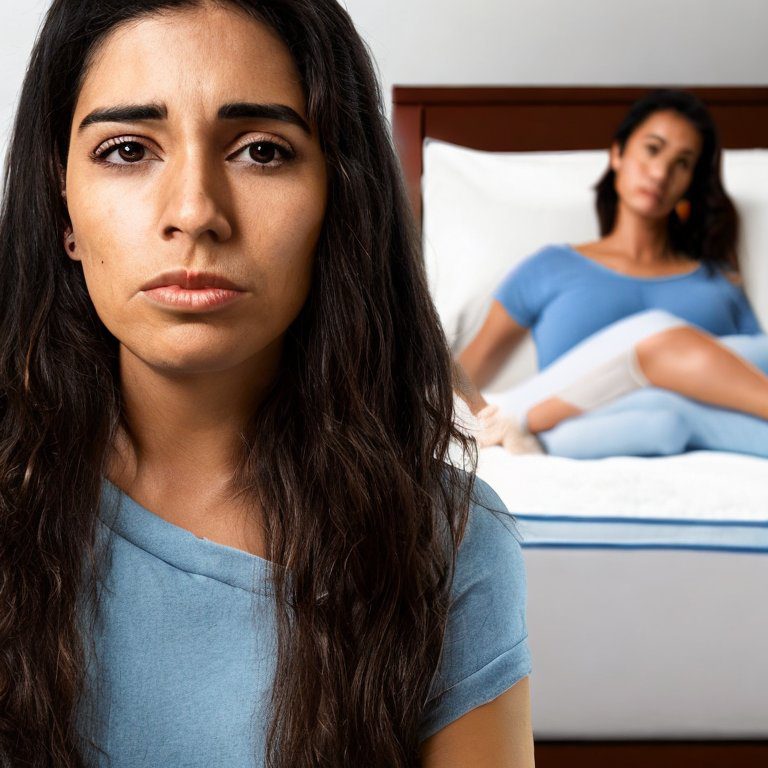
Signs Of A Toxic Mattress
Identifying a toxic mattress can be challenging, as many of the chemicals used in their production are odorless and invisible. However, there are some physical and visual cues that can help you identify a potentially toxic mattress.
One visual cue is a strong odor emanating from the mattress. This may be a sign of off-gassing, which occurs when the chemicals used in the production of the mattress are released into the air. Off-gassing can cause a range of health problems, such as headaches, nausea, and respiratory issues.
Another physical cue is the presence of stains or discoloration on the mattress. This may indicate the use of chemicals such as formaldehyde, which can cause discoloration over time.
Common symptoms associated with sleeping on a toxic mattress include headaches, allergies, and respiratory issues. These symptoms may be more pronounced upon waking in the morning and may improve throughout the day, indicating that they are related to the mattress.
If you suspect that your mattress is toxic, it is essential to take action to protect your health. In the next section, we will discuss the health risks associated with toxic mattresses.

Health Risks Of A Toxic Mattress
Exposure to toxic chemicals in mattresses can have both short-term and long-term health effects. Short-term effects may include headaches, respiratory issues, and allergic reactions. However, the long-term effects can be more severe and include an increased risk of cancer, developmental problems, and reproductive issues.
Many of the chemicals found in mattresses are known or suspected carcinogens, meaning they have the potential to cause cancer. Long-term exposure to these chemicals can increase the risk of developing various types of cancer, including breast cancer and leukemia.
Children, pregnant women, and the elderly may be more vulnerable to the adverse effects of toxic chemicals in mattresses. For example, children have developing immune systems and are more likely to absorb toxins through their skin and respiratory system. Pregnant women can pass toxins on to their unborn child, potentially causing developmental issues. The elderly may have compromised immune systems, making them more susceptible to the health risks associated with toxic chemicals.
It is essential to be aware of the potential health risks of toxic mattresses and take steps to protect yourself and your loved ones. In the next section, we will discuss methods for testing your mattress for toxicity.

Testing Your Mattress for Toxicity
Testing your mattress for toxicity can help you identify any harmful chemicals present and make informed decisions about whether to replace it. There are several methods for testing your mattress, ranging from DIY options to professional testing.
DIY methods for testing your mattress include using home testing kits, such as a VOC testing kit. These kits can be purchased online or at home improvement stores and are relatively easy to use. However, they may not provide a comprehensive analysis of all the chemicals present in your mattress.
Professional testing options include sending a sample of your mattress to a laboratory for analysis. This can provide a more detailed analysis of the chemicals present and their concentrations. However, it can be expensive and may take several weeks to receive results.
When interpreting your test results, it is important to keep in mind that some chemicals may be present in low concentrations and may not pose an immediate health risk. However, long-term exposure to even small amounts of these chemicals can have adverse effects on health.
If your mattress tests positive for harmful chemicals, it may be time to consider replacing it with a safer alternative. In the next section, we will discuss some safer alternatives to toxic mattresses.
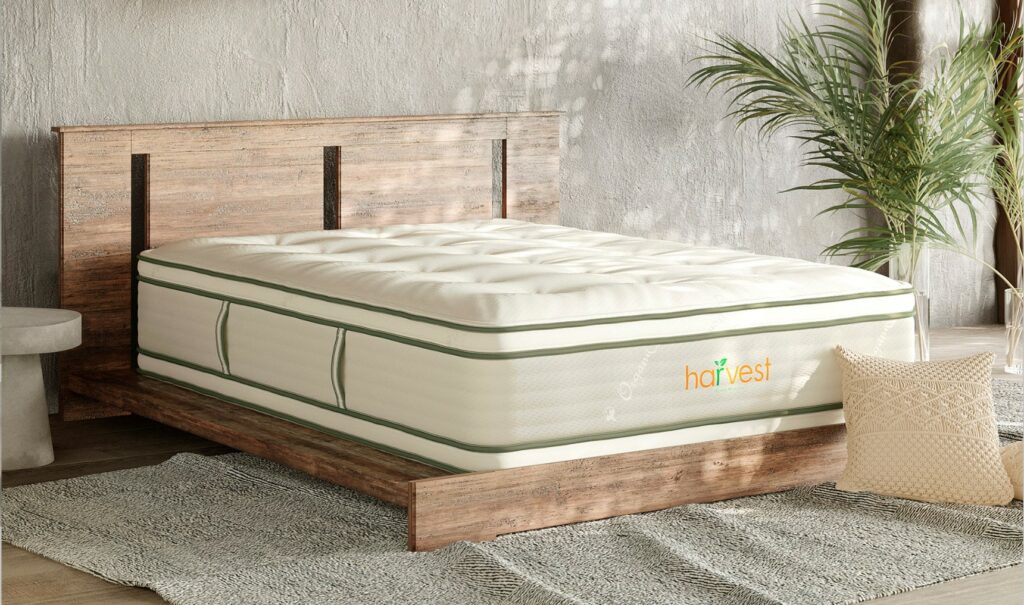
Toxic Mattress Alternatives
Fortunately, there are safer alternatives to toxic mattresses that can provide a healthy and comfortable sleeping environment. Natural and organic materials are some of the best options for a non-toxic mattress.
Organic cotton is a great option for a natural and breathable mattress cover. It is free from harmful chemicals and is produced without the use of pesticides or synthetic fertilizers.
Latex is another great option for a non-toxic mattress. Natural latex is made from the sap of rubber trees and is free from harmful chemicals. It is also hypoallergenic, making it an excellent option for those with allergies.
Wool is another natural material that can be used in mattresses. It is naturally flame-resistant and helps regulate body temperature, making it a comfortable and safe option.
Eco-friendly and sustainable options are also available for those who want to minimize their impact on the environment. These include mattresses made from recycled materials, such as recycled steel or plastic, and those made from sustainable materials, such as bamboo or hemp.
When shopping for a non-toxic mattress, it is essential to do your research and look for certifications from reputable organizations, such as the Global Organic Textile Standard (GOTS) or the Global Organic Latex Standard (GOLS).
In the next section, we will discuss tips for maintaining a healthy sleep environment.
Maintaining a healthy sleep environment is crucial for our overall well-being. Here are some tips for keeping your sleeping area clean and healthy:
Clean your mattress regularly using a vacuum and a damp cloth. This can help remove any dust, allergens, or dirt that may accumulate over time.
Use a mattress protector to prevent stains and spills. A mattress protector can also help reduce the risk of dust mites and other allergens.
Wash your bedding regularly in hot water to kill any bacteria or dust mites that may be present.
Maintain a comfortable room temperature, ideally between 60-67°F (15.6-19.4°C), to promote quality sleep.
Avoid using electronics before bed, as the blue light emitted by screens can disrupt sleep patterns.
Create a calming sleep environment by using dim lighting, soothing scents, and comfortable bedding.
In addition to these tips, it is essential to be aware of other factors that can impact sleep quality and health, such as stress, diet, and exercise.
In conclusion, a non-toxic mattress is essential for a healthy sleep environment, and it is essential to prioritize our health when making purchasing decisions. By being aware of the signs of a toxic mattress, testing for toxicity, and choosing safer alternatives, we can protect ourselves and our loved ones from the harmful effects of toxic chemicals. By maintaining a healthy sleep environment, we can also promote better sleep and overall well-being.


